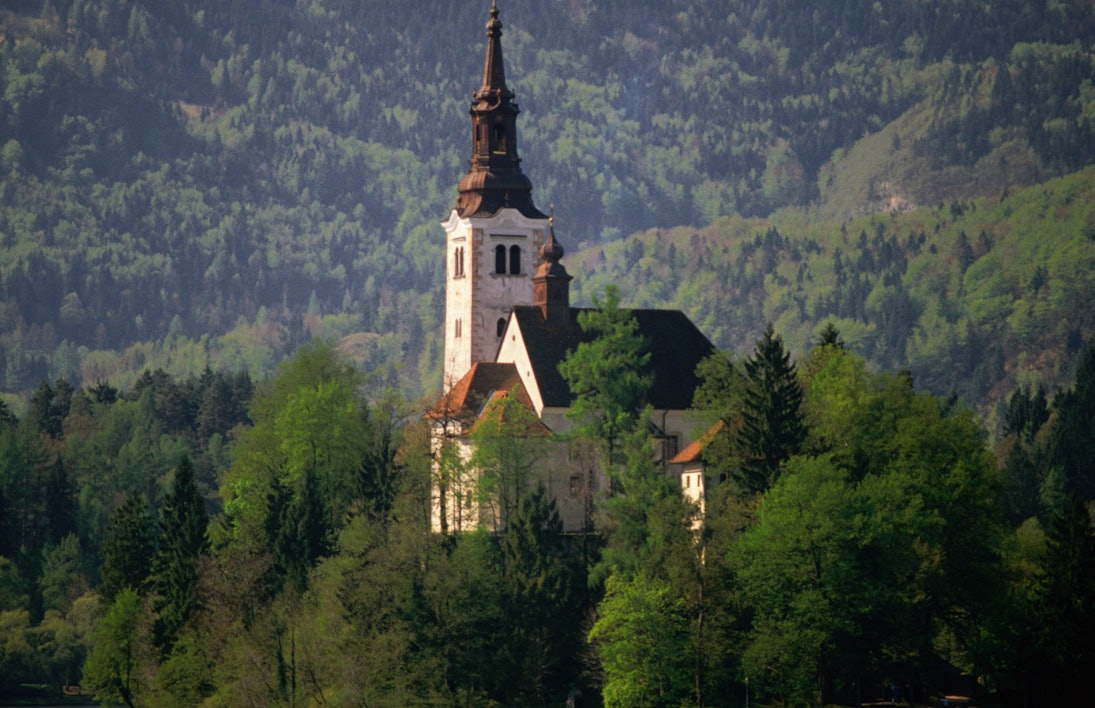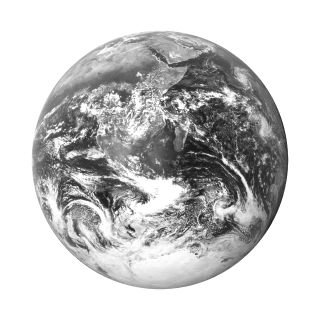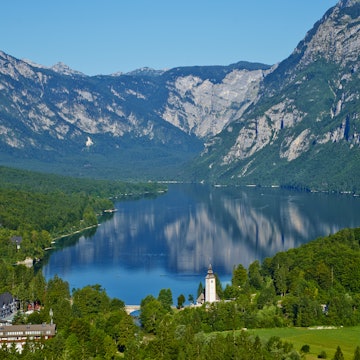
Overview
This is the Slovenia of tourist posters: mountain peaks, postcard-perfect lakes and blue-green rivers. Prepare to be charmed by Lake Bled (with an island and a castle!) and surprised by Lake Bohinj (how does Bled score all that attention when down the road is Bohinj?). The lofty peak of Mt Triglav, at the centre of a national park of the same name, may dazzle you enough to prompt an ascent.
Leave the planning to a local expert
Experience the real The Julian Alps. Let a local expert handle the planning for you.
Must-see attractions
Get a book. Get inspired. Get exploring.
in partnership with getyourguide




















